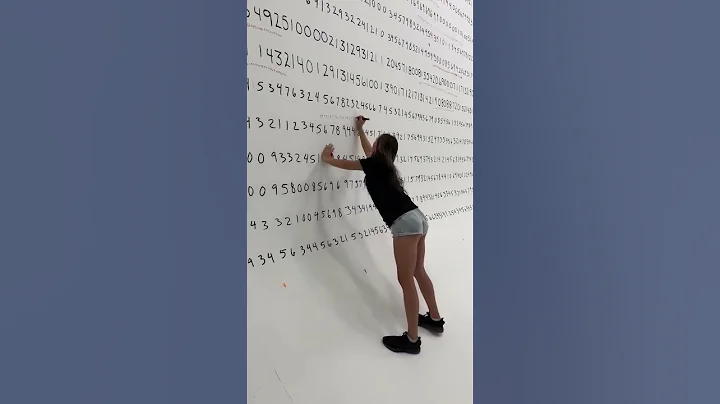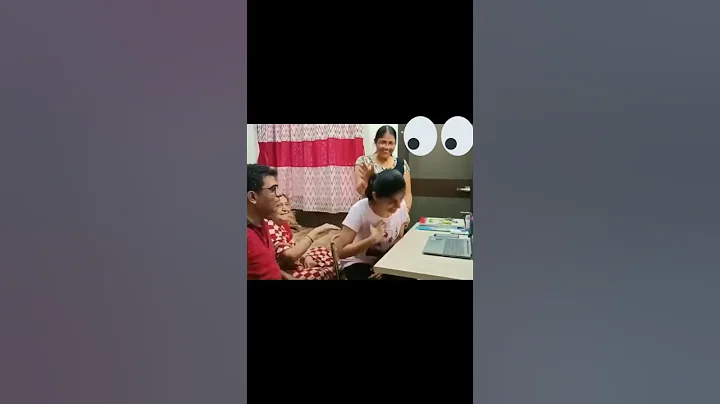1, Abandon 9 test algorithm
A method that uses the properties of the remainder obtained by dividing by 9 to test the results of the four arithmetic operations is called the "Abandon 9 test algorithm".
uses this method to check calculations. First, find the "discard 9 number" of a number, that is, add the digits in each digit of a number. If the sum is greater than 9 or equal to 9, 9 must be subtracted until the remaining one For a number less than 9, we call this number the "discarded 9 number" of the original number.
For addition, subtraction and multiplication operations, you can use the discarded nine number of the original number to perform the operation. The result is that the discarded nine number is equal to the discarded nine number after the original number operation.
Note: 1. The discarded nine method is not suitable for division.
2. When a number When several digits are the same, but the number of 0s is different, or the order of the numbers is reversed, or the position of the decimal point is different, the discarded 9 numbers are equal. This leads to the situation that although the number of abandoned 9s is the same, the actual size of the number is different. Special attention should be paid to
2 and the core formula of the passing problem
N. Individuals pass the ball M times, remember X=(N-1)^M/ N, then the integer closest to X is the number of methods passed to "someone other than yourself", and the second closest integer to , can make the approximate numbers the same, thereby eliminating
4, the split term formula
1/n(n-k) =1/k (1/(n-k)-1/n)
5, and the square sequence summation formula
1^ as a whole 2+2^2+3^2…+n^2=1/6 n(n+1)(2n+1)
6, cubic sequence summation formula
1^3+2^3+3^3…+n ^3=[1/2 n(n+1)]^2
7, itinerary problem
(1) In the multiple encounter problems starting from two places at the same time, at the Nth encounter, the distance traveled by each person is equal to their (2n-1) times the distance traveled by each when they met for the first time
(2) The distance between A and B is S, the speed from A to B is V_1, and the speed from B back to A is V_2, then the average speed of the whole journey V= (〖 2V〗_1 V_2)/(V_1+V_2),
(3) Problem of counting cars along the way:
(same direction) departure time interval between two adjacent cars × vehicle speed = (same direction) interval between two adjacent cars
(4 ) Circular motion problem: If
travels in different directions, the sum of the distances traveled between two adjacent encounters is the perimeter
. If
travels in the same direction, the difference in the distances traveled between two adjacent encounters is the perimeter
(5 ) Escalator problem
The number of steps that can be seen = (people speed + escalator speed) × the time required for forward movement
The number of steps that can be seen = (people speed - escalator speed) × the time required for retrograde movement
(6 ) Wrong car problem
The length of the opponent's car is the sum of distance, which is an encounter problem
Distance sum = speed and × time
(7) Team walking problem
V_1 is the speed of the messenger, V_2 is the speed of the team, L is the length of the team, then
starts from the end of the team The time to get to the head of the team is: L/(V_1-V_2)
The time from the head to the end of the team is: L/(V_1+V_2)
8. The question about the number of games
N is the number of contestants.
The knockout round only needs to determine the champion. The number of games for the runner-up = N-1,
The number of games for the top four in the knockout round = N,
The number of games for the single round-robin = ∁_N^2, The number of games for the
double round-robin = A_N^2
9. Tree planting problem
Tree planting at both ends: Distance /Interval+1 = Number of trees
Planting trees at one end (circular tree planting): Distance/Interval = Number of trees
No trees planted at both ends: Distance/Interval -1 = Number of trees
Planting trees on both sides: (Distance/Interval -1)*2= Number of trees
10, square matrix problem
The number of people on each side of the most layer is N
The total number of people in the square matrix = N^2
The total number of people in the outermost layer = (N-1) × 4
The difference in the total number of people in the two adjacent layers = 8 (number of rows and columns Number 3)
If you remove one row and one column, there will be less (2N-1) people.
The total number of people in a hollow square matrix = (the number of people on each side of the outermost layer - the number of layers) 2)×180°
Sphere volume = 4/3 πr^3
Cylinder volume = πr^2 h
Cylinder volume = 1/3 πr^2 h
12. Cow eating grass problem
(number of cows - amount of grass growing every day) × number of days = The initial total amount of grass
13, date issues
add 1 to a year, add 2 to a leap year, add 2 to a small month (30 days), add 3 to a big month (31 days), 28-year cycle
4 year 1 leap, 100 years does not leap, Leap again in 400 years
14, page number problem
For example: the page number of a book uses a total of 270 numbers, find the number of pages in this book.
number of pages = (270+12×9)/3=126 pages
formula: 10-99 pages: number of pages = (number + 1×9)/2
100-999 pages: number of pages = (number + 12×9) /3
1000-9999 page: page number = (number + 123×9)/4
15, clock problem
Little knowledge: the hour hand and the minute hand coincide 22 times day and night, are vertical 44 times, and form 180°, which is also 22 times
Find the hour hand and minute hand composition The actual time at a certain angle T
T=T_0+1/11 T_0, where T_0 is the time required for the minute hand to move to the position that meets the question when the hour hand does not move.
16. The problem of cargo concentration on non-closed paths
On a non-closed path ( Including linear, tree, etc., excluding circular) there are multiple nodes, each node is connected by a "road", and each node has a certain amount of goods.
When it is necessary to use an optimization method to concentrate goods on a node, the direction of goods circulation is determined by the following method:
1. Determine the total weight of goods on both sides of each "road", which must be certain on this "road" It flows from the light side to the heavy side.
2, suitable for "non-closed" path problems, which has nothing to do with the length of each path; in actual operation, we should start the analysis from the middle, so that we can get the answer faster.
1. There is a warehouse every 100 kilometers on a road. There are 5 warehouses in total. Warehouse No. 1 stores 10 tons of goods, Warehouse No. 2 stores 20 tons of goods, Warehouse No. 5 stores 40 tons of goods, and the remaining two warehouses is empty. Now we need to store all the goods in a warehouse. If it costs 0.5 yuan to transport each ton of goods per kilometer, the minimum freight is ().
A. 4500 yuan B. 5000 yuan C. 5500 yuan D. 6000 yuan
Analysis: The four "roads" in this question all meet the condition that "the total weight on the left is lighter than the total weight on the right", so the circulation methods on these "roads" are all It's from left to right. Therefore, concentrating in warehouse No. 5 is the best choice.





















